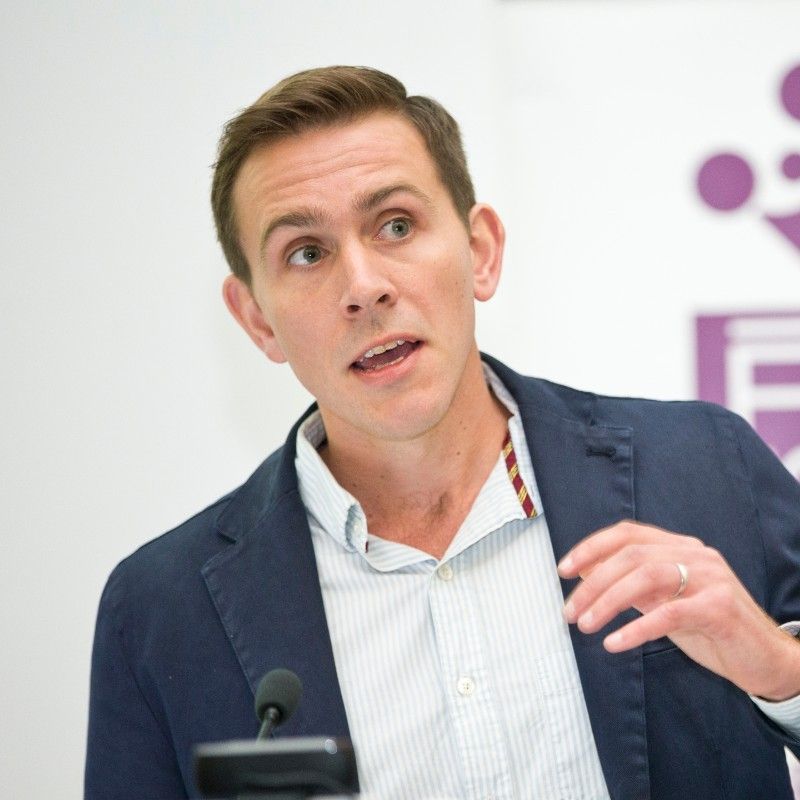Supervisors

- Position
- Adjunct Senior Lecturer
- Division / Faculty
- Faculty of Engineering

- Position
- Associate Professor
- Division / Faculty
- Faculty of Science

- Position
- Professor
- Division / Faculty
- Faculty of Science
Overview
The growth of biological tissues in 3D-printed scaffold pores occurs under strong geometric controls depending on the shape and size of the pores. How this control emerges from the interaction between spatial constraints and biological processes such as cell migration and cell proliferation remains largely unknown. Existing phenomenological models of tissue growth hypothesise growth laws which directly involve curvature without considering cellular mechanisms.
Recently, a reaction–diffusion mathematical model of tissue growth in porous scaffolds was proposed to investigate cell-level behaviour using experimental data on tissue engineering experiments. This reaction–diffusion model is based on the Porous-Fisher model, where cells interact with each other by density-dependent cell proliferation and density-dependent cell migration. The availability of free space in pores of different shapes creates spatial heterogeneities in cell densities due to constraints on cell migration and cell proliferation, which generate a dependence of tissue growth on tissue curvature.
The aim of this project is to unravel the relationship between the local curvature of the tissue substrate and the rate at which new tissue is produced in reaction–diffusion models of cell proliferation and migration. This project will generate important new insights into the collective and individual behaviour of the cells growing new tissues in porous scaffolds, which forms an important step toward the optimisation of tissue harvesting in scaffolds for tissue engineering.
Research activities
In this project, you will:
- perfom numerical simulations of reaction-diffusion models of cell proliferation and cell migration, such as the Porous-Fisher model, or other similar models of cell invasion
- analyse correlations between curvature and local growth rates that emerge from these models using numerical simulations and theoretical analyses based on perturbation expansions
- compare predictions of the mathematical models with experimental data extracted from the tissue engineering experiments.
Outcomes
Outcomes of this project include:
- simulation and comparison of mathematical models of tissue growth, including curvature flows and reaction-diffusion models.
- determination of novel growth laws of biological tissues from cell-based mathematical models
- new analyses of tissue growth in tissue engineering experimental data.
Skills and experience
This project can be tailored to suit your study level. Some proficiency in differential equations and computer modelling is required.
Scholarships
You may be eligible to apply for a research scholarship.
Explore our research scholarships
Contact
Contact the supervisor for more information.